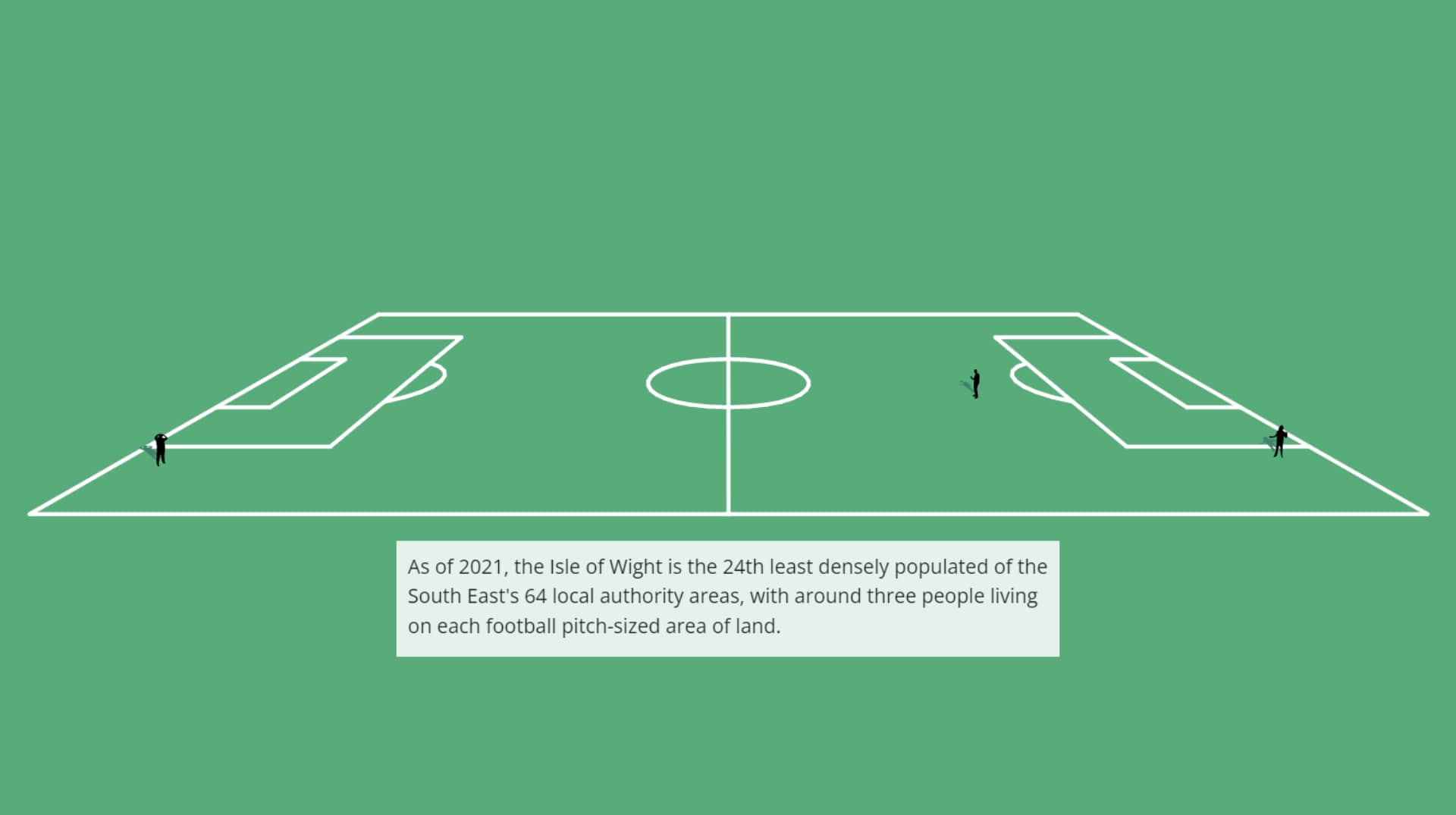Results from the 2021 Census have been released today and there are some very interesting stats for the Isle of Wight.
The population of people living in England and Wales on 21st March 2021 rose by 3.5 million (6.3 per cent) to 59,597,300, since the previous census in 2011. It was the largest census population ever recorded.
National picture
The English region with the largest population increase was the East of England, which grew by around 8.3 per cent or 488,000 more residents.
The English region with the smallest increase was the North East, growing by 1.9 per cent or around 50,000 people. In Wales, the population grew by 1.4 per cent or 44,000 people.
Island figures
On the Isle of Wight, the population size has increased by 1.5 per cent, from around 138,300 in 2011 to 140,400 in 2021.
This is lower than the overall increase for England (6.6 per cent).
Neighbours
Nearby areas like Portsmouth and Gosport have seen their populations increase by around 9.9 per cent and 8.5 per cent, respectively, while others such as New Forest saw an increase of 4.4 per cent and Fareham saw smaller growth (3.4 per cent).
At 1.5 per cent, the Isle of Wight’s population increase is lower than the increase for the South East (7.5 per cent).
Ranking among local authorities
In 2021, the Isle of Wight ranked 161st for total population out of 309 local authority areas in England, which is a fall of 16 places in a decade.
As of 2021, the Isle of Wight is the 24th least densely populated of the South East’s 64 local authority areas, with around three people living on each football pitch-sized area of land.
There were more people than ever aged 65 years and over in England
Ageing population
In England there has been an increase of 20.1 per cent in people aged 65 years and over, an increase of 3.6 per cent in people aged 15 to 64 years, and an increase of 5.0 per cent in children aged under 15 years.
This is a higher percentage than ever before.
On the Isle of Wight there’s been an increase of 24.7 per cent in people aged 65 years and over, a decrease of 5.3 per cent in people aged 15 to 64 years, and a decrease of 6.3 per cent in children aged under 15 years.
National comparison
In 32 of the 309 local authority areas of England, the total number of people aged 65 years and over increased by 30.0 per cent or more between 2011 and 2021.
This compares with a 20.1 per cent rise across England.
More detailed stats focused on demographics will be released later in the year.
You can see all the stats on the Office for National Statistics Website.
Information provided by the Office for National Statistics. Ed





